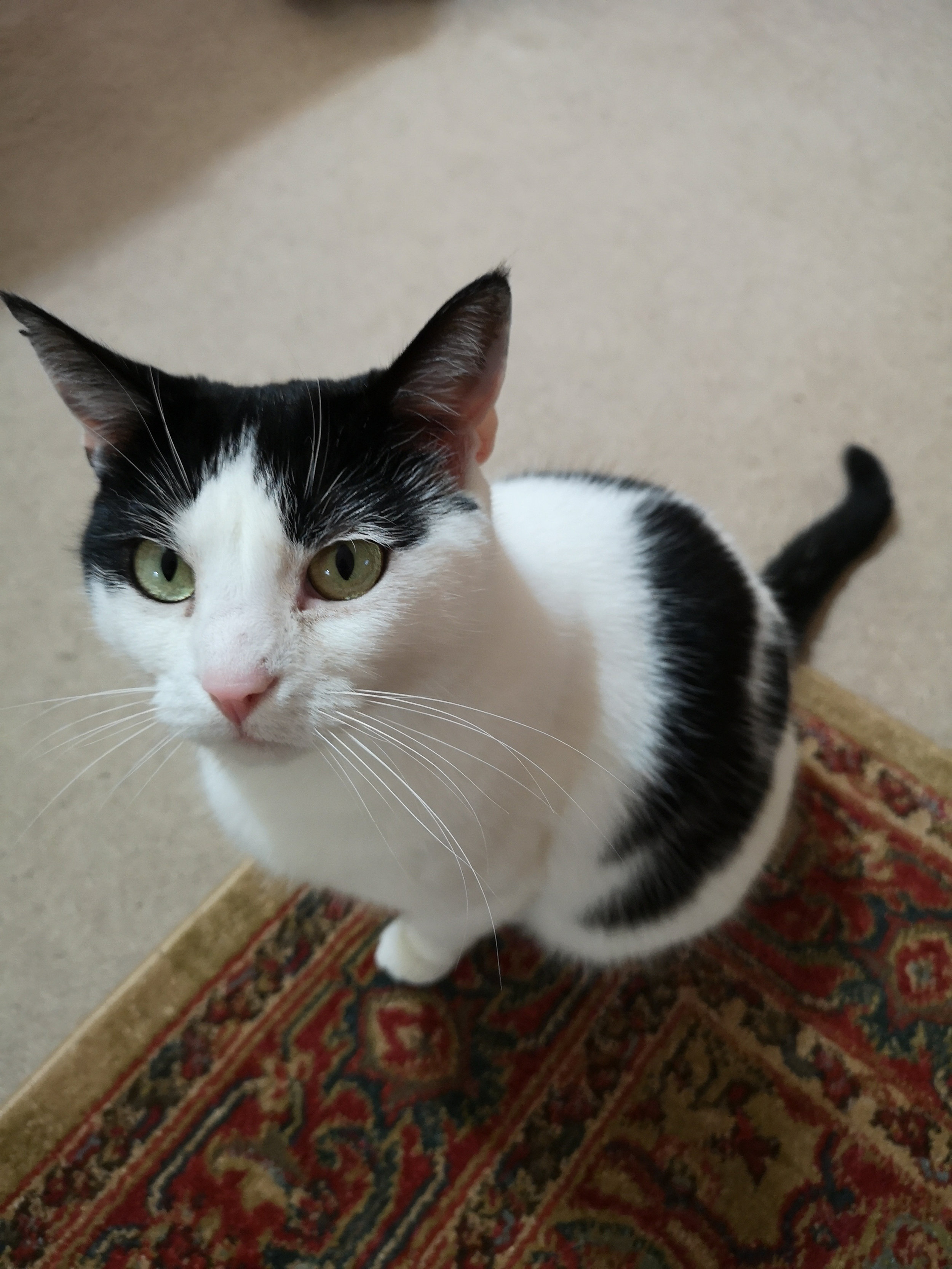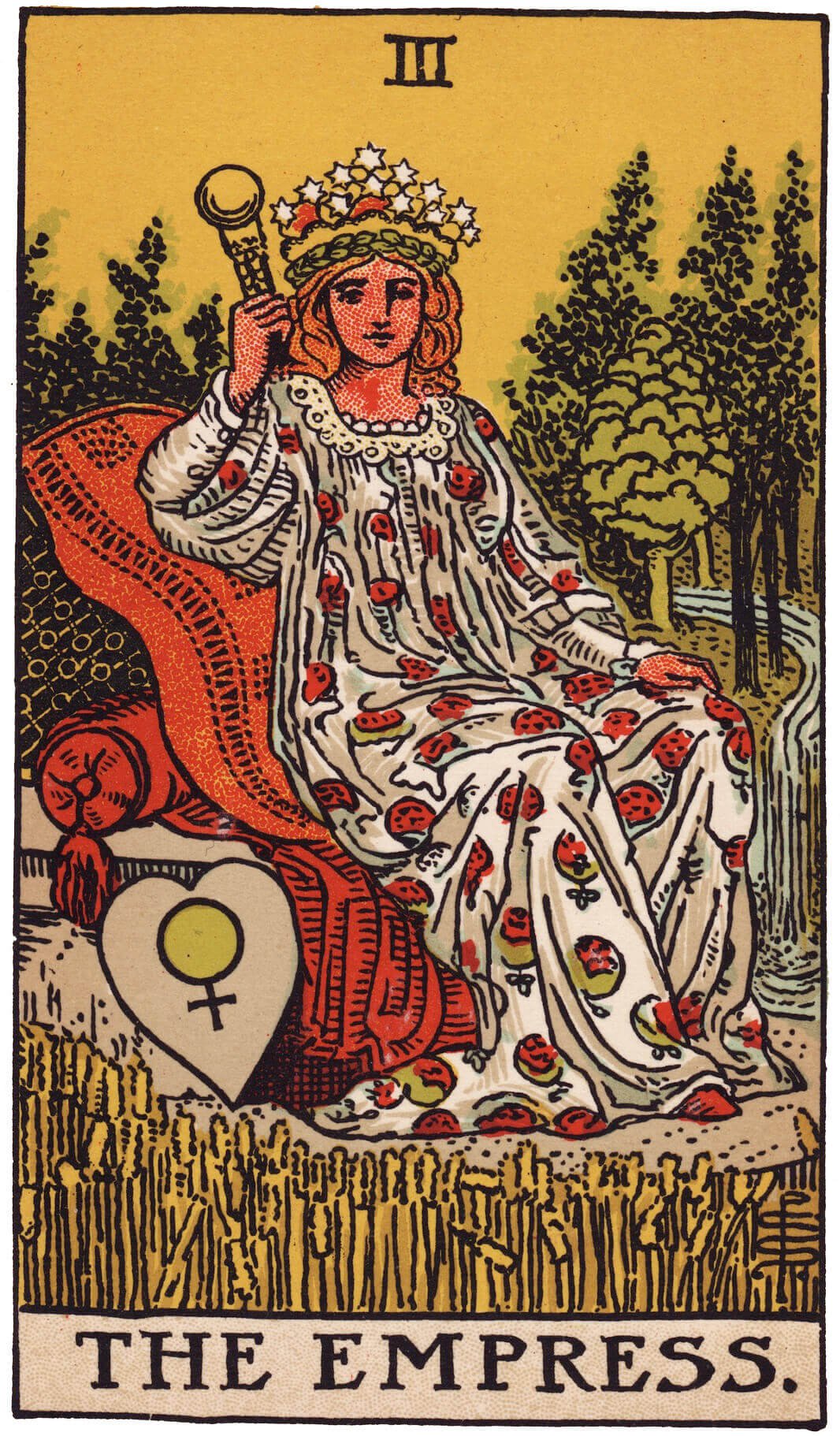The Great Mother
Every year I reflect upon the significance of Mother’s Day, and every year it brings to mind for me the fact that for many, Mother’s Day, or Mothering Sunday, conjures up a lot of pain and hurt. For many of us, the day highlights not so much joy and thankfulness, but more the loss in our own lives, the loss of mothers, of wives, and of children, or brokenness in relationships, hurts surrounding thoughts of what could be, or what could have been. I think also, on top of that, Mother’s Day conjures up quite a narrow image of motherhood, which is not always helpful in this day and age. And so, this morning, I will be thinking less about motherhood in terms of the mother/child relationship per se, and more in archetypal terms - the collectively inherited unconscious idea of motherhood or mothering - and in this respect we can find expressions that far exceed the confines of the mother/child dynamic.
I’d only gotten this little way into writing this morning’s address, when I heard a bang down in the kitchen, and my cat Pod came barrelling up the stairs and into my office. I have two cats, Daisy and Pod, mother and son, and they don’t like each other at all. It is very instinctually normal for mother cats to go off their offspring like this. Daisy and Pod fight and hiss at each other all the time, until they’re able to find hiding spots away from one another, usually on the top of bookshelves. The reason this happens is because, in “normal” circumstances, which is to say in the wild, their territorial instincts are a matter of life and death, not merely back garden politics, and so for the mother to reject the son helps the son in the long run. It allows him to sever his ties to the mother, go off, and establish himself within his in own territory, where he can be king, where he can sit at the top of his own food chain. Much like lions on the Serengeti. And so, as Pod was in my office, hiding and quivering at my feet, the victim of innate feline drives, I thought about the extent to which this image of motherhood ran so contrary to the stereotypical image of motherhood – the motherhood of unconditional love, and maternal instinct.
Cats, evidently, do not conform to our human constructs, our stereotypical image of motherhood, but of course a lot of women do not conform to that construct either. The mother who doesn’t love unconditionally or possess a strong maternal instinct is often required by our society to hide that fact, and deny her own reality. Where is the space, on Mothering Sunday, for the mother who resented the attention her infant required from her, or grumbled in the face of her freedom being curtailed, as motherhood often does? Or on the flip side, what of the person who was raised by a mother who was neglectful? That must represent a profound lack, and leave a painful legacy of rejection, that someone would probably need to spend a lifetime trying to come to terms with. So, given all this, it’s helpful to enlarge our picture of motherhood beyond our own subjective experience, to the archetypal, and its context within the universal.
‘The Empress’ Tarot Card.
Okay, so what can we say about the archetypal mother? Along with her counterpart the maiden, or the feminine more broadly, she possesses that duality encompassing creation and destruction. As the womb has, or has not, the capacity to bring forth life (is barren or fertile), that duality finds expression within the Great Mother, or Gaia, who brings forth on one hand the fertile conditions, the rich earth, from which fruit and grain spring up, or on the other hand, hurricanes, drought, and floods. The archetypal mother includes Demeter, the Greek goddess of the harvest, or the Egyptian Mother Goddess Isis, or the feminine expressions of the divine within our own Judaic-Christian heritage. She is, if you like, the psychic heritage of what motherhood entails, passed down, encompassing both ends of the spectrum, both the good and the bad, as we find her expressed in fairy tales and myths. I say good or bad, but it’s really beyond such moral arbitration; there is no such thing as good or bad in absolute terms. There is good or bad for me (as I perceive it rightly or wrongly), and I can have a pretty good stab as to what constituted good or bad for you, because we’ll share a lot of cultural norms, not that I can know that absolutely. So, when we think about that spectrum, with perhaps a ‘provider of food and comfort, and nurturer’ mother on one end, and a ‘devourer, fighter, and seducer’, mother (a Medusa type) on the other side, it’s better to think of that not as two ends with an adversarial relationship, but in some sense complementary, and requiring one another, in a kind of Yin/Yang configuration. All encompassed within the Great Mother archetype, the Great Mother blueprints which we have seen reproduced in film, literature, history, and in people that we know, or have known.
And in this subjective respect, zoomed into the nitty gritty of our own lives, we’ve certainly experienced these expressions of the archetype as good or bad, and this will have shaped us personally, our perception of the mother archetype, our lens, or our mother complex which colours our appreciation. But part of the exploration process is seeking to widen our perception, our lens, in as far as that is possible, and where it’s not possible, at least being able to recognise our own limitations in this respect, our own limited capacity to fully grasp the Mother archetype’s breadth. The Mother archetype personified into various forms were probably the first gods that we human beings had. We can’t know this for certain, but it does follow logically, if we all had our life given to us by our own mothers, and we give thanks for life. But our experiences of the world are greater than just our own mother. We can postulate an origin point, a Great Mother from which all life comes. The oldest sculptures we have are of figures, of what looks like a little fertility god, which is to say, a Great Mother god carved back some 30 to 40,000 years ago.
‘Venus of Willendorf’
Given this then, that divine images of the feminine were so prevalent in prehistoric times, it’s surprising that feminine imagery of the divine is not more prevalent within our own Christian tradition. The argument that you often hear as to why that is has to do with the patriarchal influence argument - men were in charge, men shaped culture, and thus the feminine divine did not find expression in our religious literature. That sounds convincing, and a lot of feminist theologians have run with that idea. But the trouble is the argument collapses when you compare one bronze age culture with another: Roman, Greek, Indian, the Aztecs, the Native Americans, the Germanic or Celtic territories, these were all just as patriarchal, and yet all of them have straightforward examples of female gods, or feminine metaphysical forces at play within their religious systems. There is an imbalance in biblical literature, but it’s not at all obvious why that is. I suspect it is simply a consequence of monotheistic theology. If you’re going to move towards a belief in a single deity, as the Judaic religion slowly did during the bronze age, and you want to be able to refer to that God with a personal pronoun, then the current state of affairs does follow as a natural consequence. But that’s not to say that we shouldn’t problematise the normative state of affairs, and offer a counter-narrative. I think we certainly do and should. Theologically speaking, God is in no way intrinsically masculine, as you all know, only the language we’ve inherited is by and large masculine. So, we should as Unitarians carry on in our efforts to emphasise the feminine in the Biblical tradition, and continue to create liturgy, prayers, and hymns which emphasise the feminine divine also.
In closing then, I’m going to give a brief survey of the feminine imagery of the divine in the Judaic-Christian tradition. The first is the one we had in our reading this morning, the metaphor which compares us being separated from God to a child being weaned from its mother, thus drawing a parallel between motherhood and God. This is also a good one: Hosea 13:v. 8 - “Like a bear robbed of her cubs, I will attack them and tear them asunder…” So, that’s not just comparing God to a classic image of motherhood, but a powerful, and fierce image of motherhood. Of course, there’s the classic text in Genesis:
“So, God created humankind in his image,
in the image of God he created them;
male and female he created them.”
Or in Deuteronomy, God is compared to a mother eagle,
“an eagle stirs up its nest,
and hovers over its young;
as it spreads its wings, takes them up,
and bears them aloft on its pinions…”
Or finally Jesus says, “Jerusalem, Jerusalem, the city that kills the prophets and stones those who are sent to it! How often have I desired to gather your children together as a hen gathers her brood under her wings, and you were not willing!”
And that is more or less it. There are a few more fleeting references, but nothing more substantive apart from the feminine figure of Sophia. Sophia is the personification of Wisdom in the Hebrew Bible, a part of God, who was with God before the world was created. In the Book of Wisdom, which is one of the books of the Apocrypha, which some Bibles slot in between the Old and New Testament, Solomon, who stands in as the archetypal wise person, fell in love with Wisdom. He says "I loved her, and sought her out from my youth, I desired to make her my spouse, and I was a lover of her beauty." And Sophia is big part of the Kabbalah tradition, which is the esoteric discipline within Judaism, which influenced a lot of contemporary Western esotericists. But that’s another address…
As we widen out our lens, and look beyond the subjective, beyond our mother complexes to the universal archetypal dimensions that underlie that, we discover patterns playing out in our world infinitum. Some patterns we want to help play out, and some we want to interrupt. Self-knowledge and wisdom can allow us to interrupt such patterns. How does it happen in the fairy tales? A little bird or a toad comes and gives them the wisdom they need to overcome their obstacles. These little animals are personifications of aspects of our own psyche, small voices within that lead us towards a better way. And so, let us listen. Let us listen to our interior worlds, and therein discover those feminine narratives that we want to loose upon our world.
Amen.



